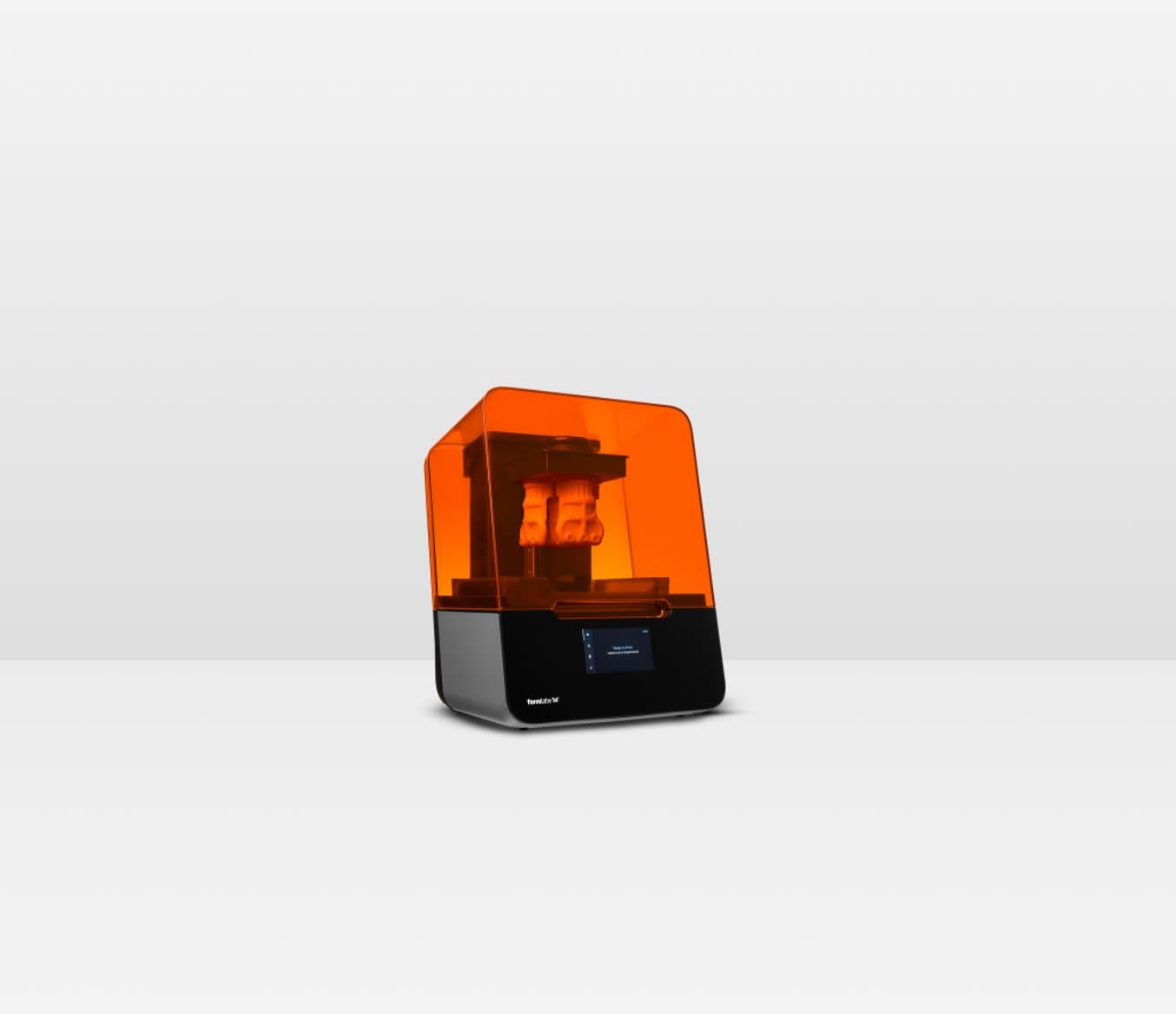A friend on the Forum asked me to 3D print the end landing of a Passenger Drumhead car. The friend showed me photos of the damaged end that was as broken as the forum-ite was. The broken part was sent to me.
I felt the pain!
So this emerged. I did change a few elements such as the vertical supports that are fully made and not flattened.
And it printed like this.
a little more snipping of print spues and black paint.























